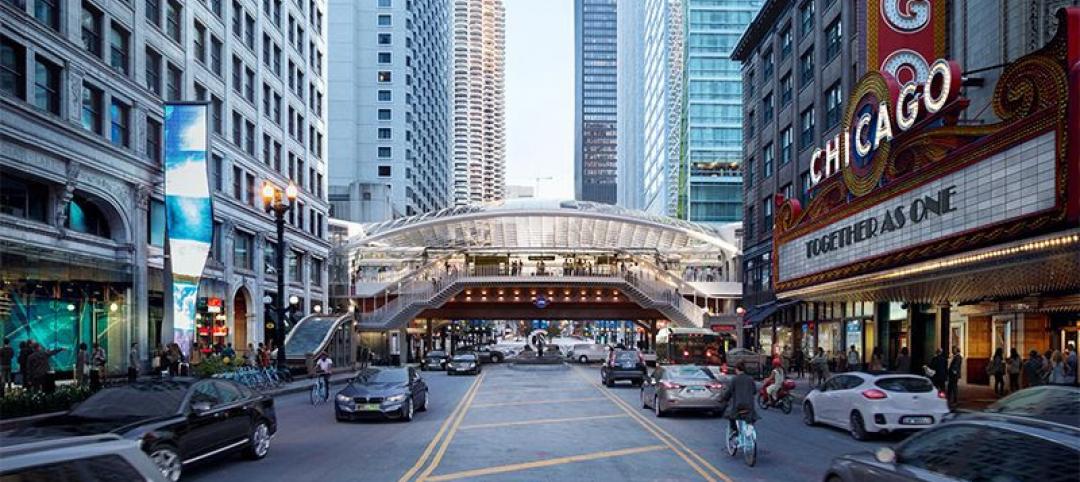The final phase of New York’s High Line elevated railway park is slated to open in the fall of 2014. The park will be located between West 30th and West 34th streets to the south and north, and 10th and 12th avenues to the east and west.
The final section, called High Line at the Rail Yards, will be unique from its two predecessors in its aesthetic: the aged, rusted tracks will remain and will be surrounded by natural foliage, rather than manicured perennials.
Friends of the High Line co-founder Joshua David told the New York Times, “People fell in love with the idea that nature had taken over this monumental industrial site.”
There will be one break in that natural feel: Coach’s new building will straddle a section of the new High Line.
In order to preserve parts of the tracks, a path and railing system will be installed to guide visitors safely through the linear park. Other features include a postindustrial jungle gym for children and a planted bowl theater that will jut out along W. 30th Street.
According to Friends of the High Line co-founder Robert Hammond, “Central Park is an escape from the city, an immersion in nature. On the High Line, you’re always aware of the city around you. We wanted to create a space where people could be immersed in nature unlike anywhere else on the High Line.”
Here's a sneak peek at the distinguishing design features of High Line at the Rail Yards:
Related Stories
Giants 400 | Aug 22, 2022
Top 200 Contractors for 2022
Turner Construction, STO Building Group, Whiting-Turner, and DPR Construction top the ranking of the nation's largest general contractors, CM at risk firms, and design-builders for nonresidential buildings and multifamily buildings work, as reported in Building Design+Construction's 2022 Giants 400 Report.
Giants 400 | Aug 21, 2022
Top 110 Architecture/Engineering Firms for 2022
Stantec, HDR, HOK, and Skidmore, Owings & Merrill top the rankings of the nation's largest architecture engineering (AE) firms for nonresidential and multifamily buildings work, as reported in Building Design+Construction's 2022 Giants 400 Report.
Giants 400 | Aug 19, 2022
2022 Giants 400 Report: Tracking the nation's largest architecture, engineering, and construction firms
Now 46 years running, Building Design+Construction's 2022 Giants 400 Report rankings the largest architecture, engineering, and construction firms in the U.S. This year a record 519 AEC firms participated in BD+C's Giants 400 report. The final report includes more than 130 rankings across 25 building sectors and specialty categories.
Giants 400 | Nov 20, 2021
2021 Transit Facility Giants: Top architecture, engineering, and construction firms in the U.S. transit facility sector
Perkins and Will, Walsh Group, AECOM, and HDR top BD+C's rankings of the nation's largest transit facility sector architecture, engineering, and construction firms, as reported in the 2021 Giants 400 Report.
Transit Facilities | Oct 11, 2021
Seattle’s Sound Transit U District Station opens
LMN Architects designed the project in collaboration with McMillen Jacobs Associates.
Giants 400 | Aug 30, 2021
2021 Giants 400 Report: Ranking the largest architecture, engineering, and construction firms in the U.S.
The 2021 Giants 400 Report includes more than 130 rankings across 25 building sectors and specialty categories.
Resiliency | Aug 19, 2021
White paper outlines cost-effective flood protection approaches for building owners
A new white paper from Walter P Moore offers an in-depth review of the flood protection process and proven approaches.
Resiliency | Jun 24, 2021
Oceanographer John Englander talks resiliency and buildings [new on HorizonTV]
New on HorizonTV, oceanographer John Englander discusses his latest book, which warns that, regardless of resilience efforts, sea levels will rise by meters in the coming decades. Adaptation, he says, is the key to future building design and construction.
Transit Facilities | Jun 10, 2021
SOM redesigns Chicago’s State/Lake Station
The stop is one of the busiest in the city.
Digital Twin | May 24, 2021
Digital twin’s value propositions for the built environment, explained
Ernst & Young’s white paper makes its cases for the technology’s myriad benefits.


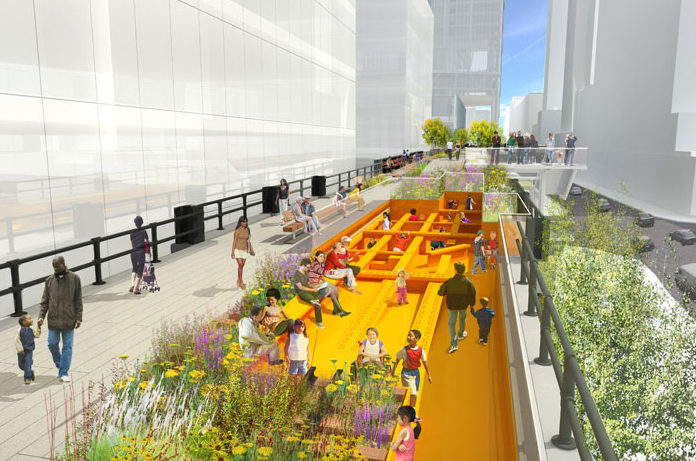
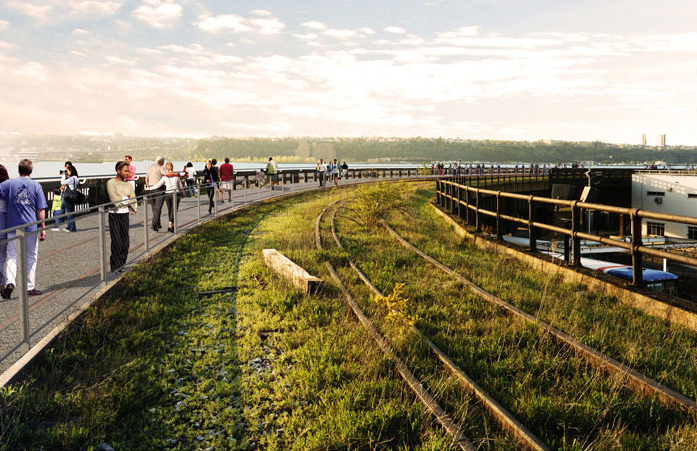
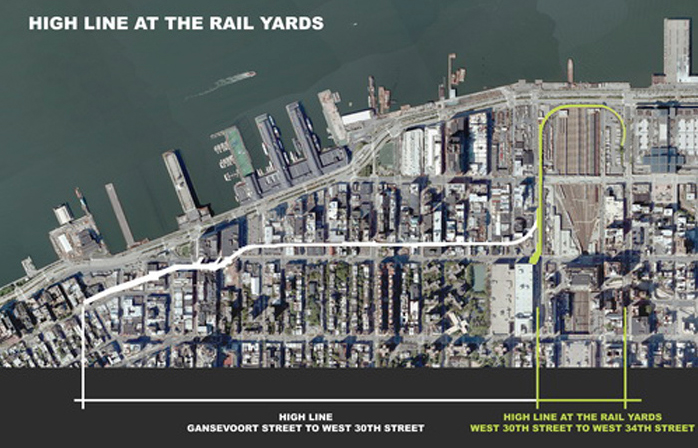
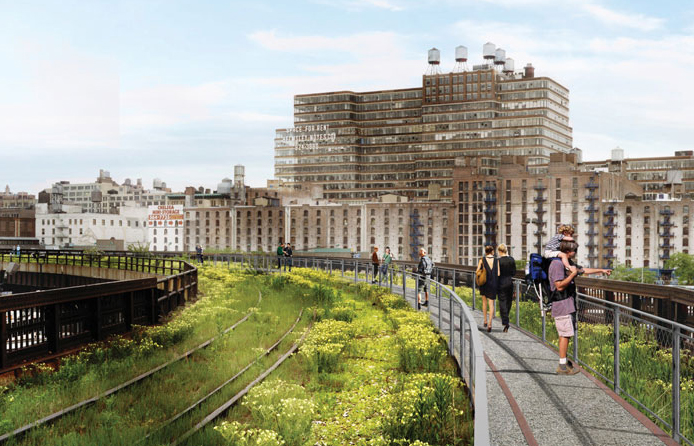
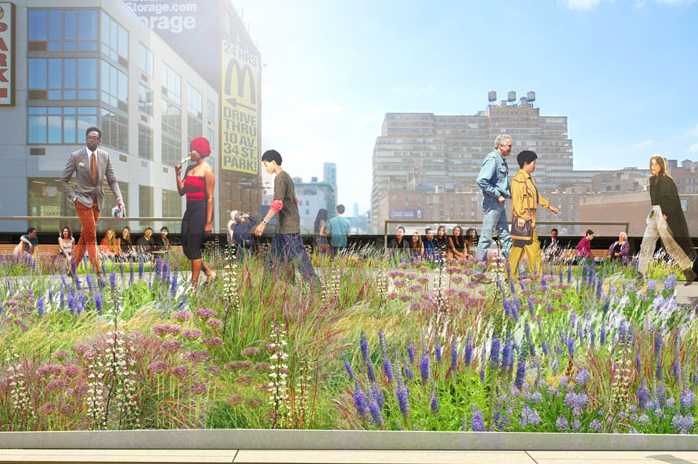
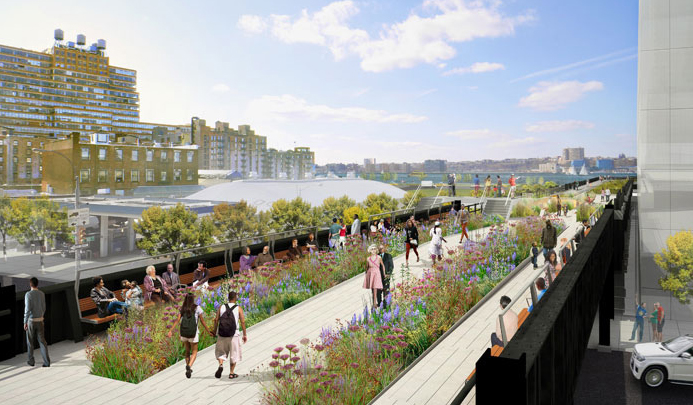

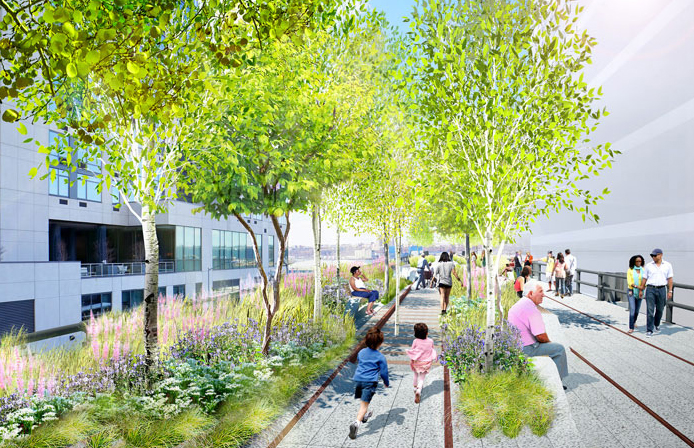

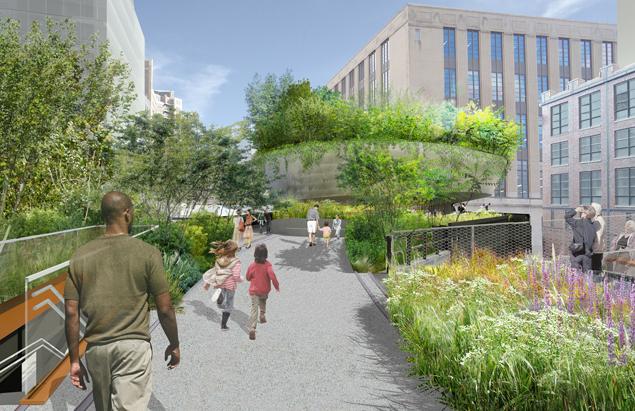
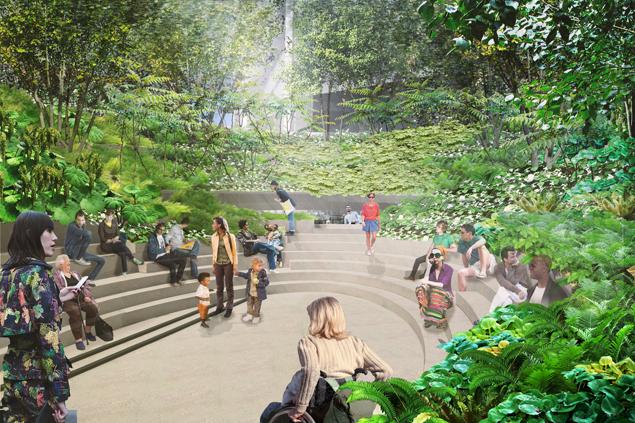
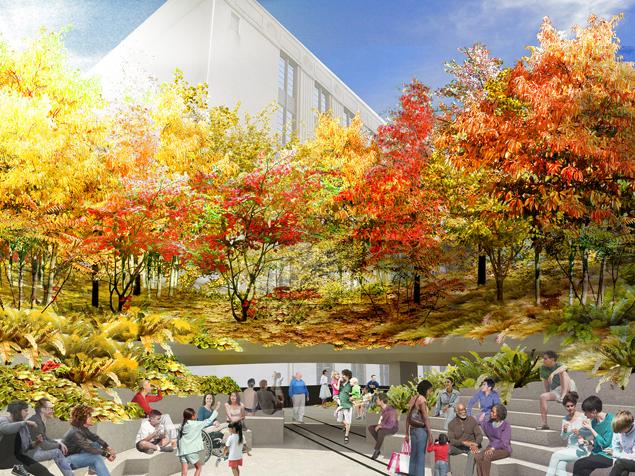




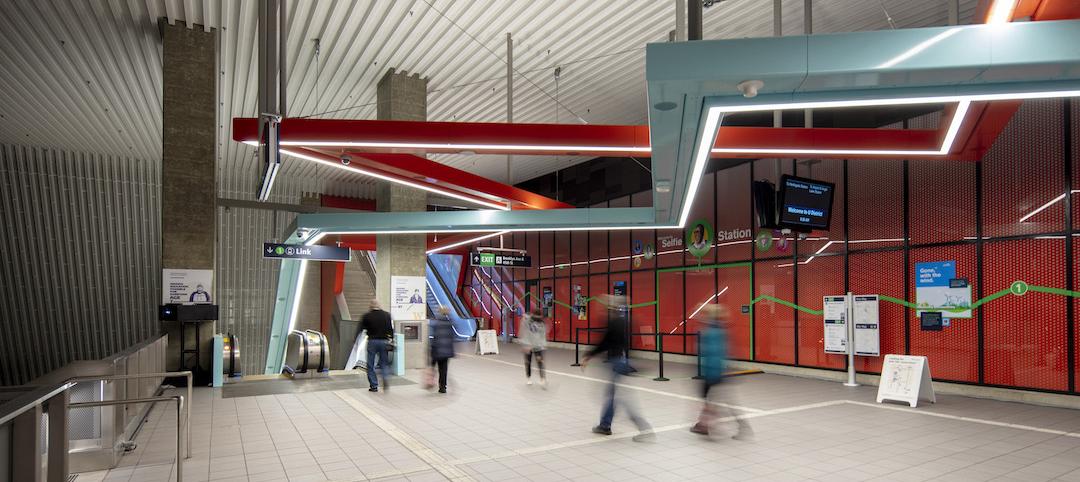


![Oceanographer John Englander talks resiliency and buildings [new on HorizonTV] Oceanographer John Englander talks resiliency and buildings [new on HorizonTV]](/sites/default/files/styles/list_big/public/Oceanographer%20John%20Englander%20Talks%20Resiliency%20and%20Buildings%20YT%20new_0.jpg?itok=enJ1TWJ8)
